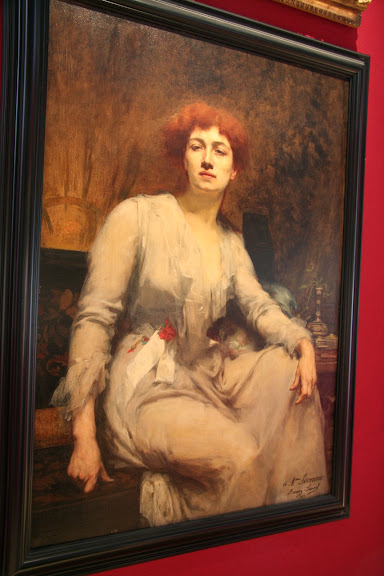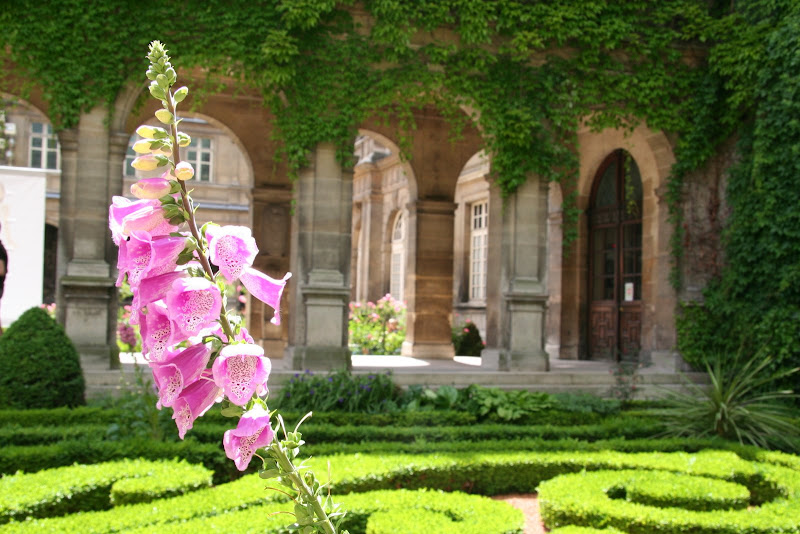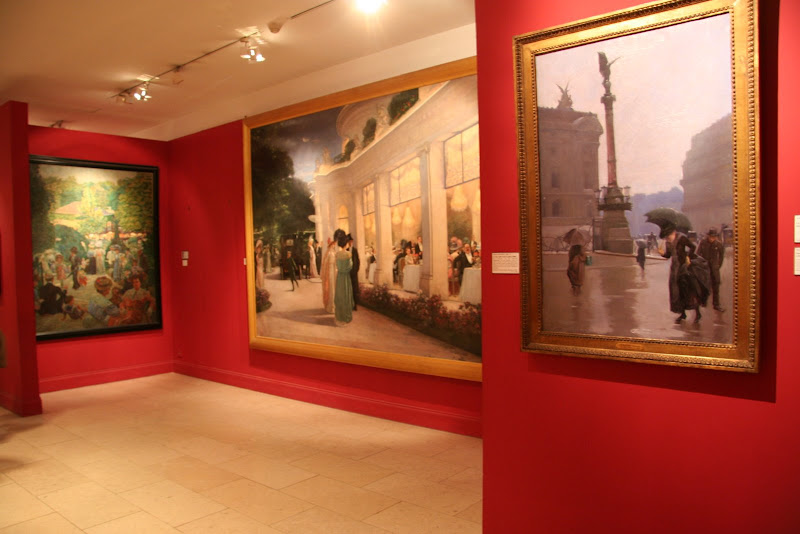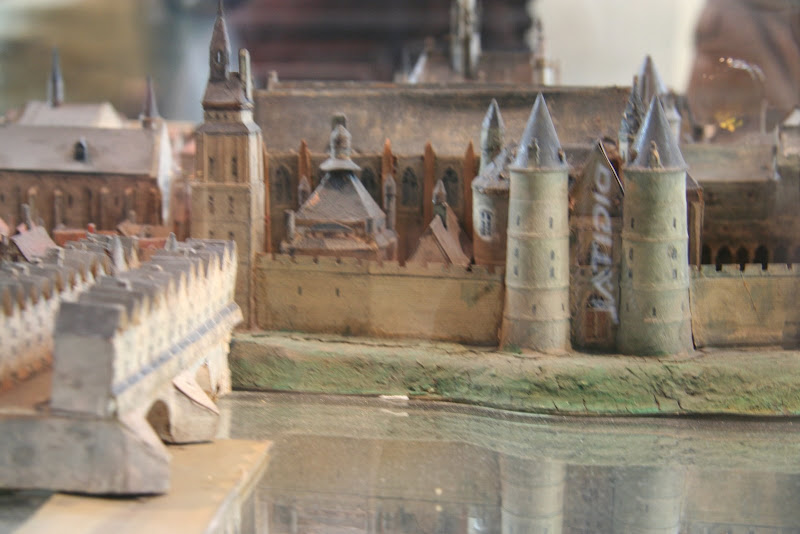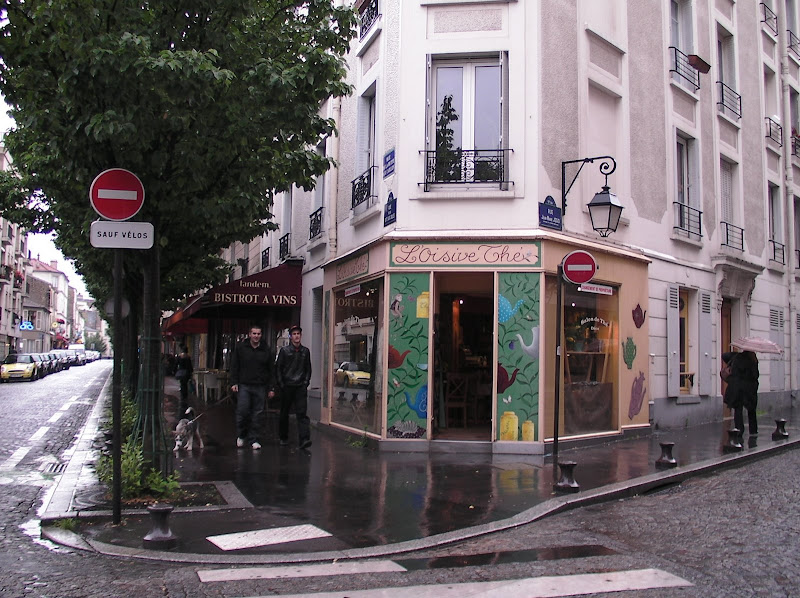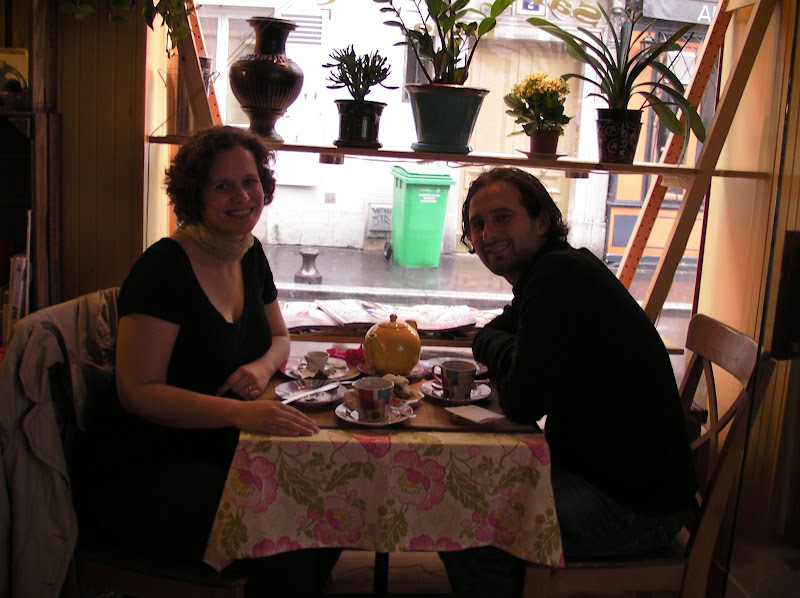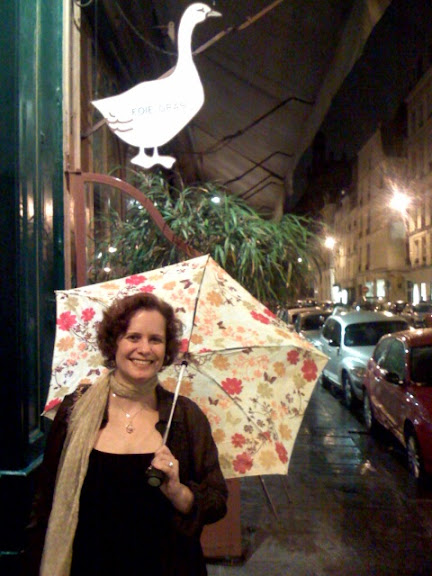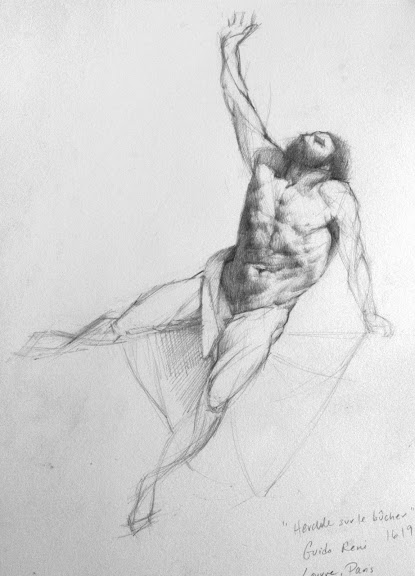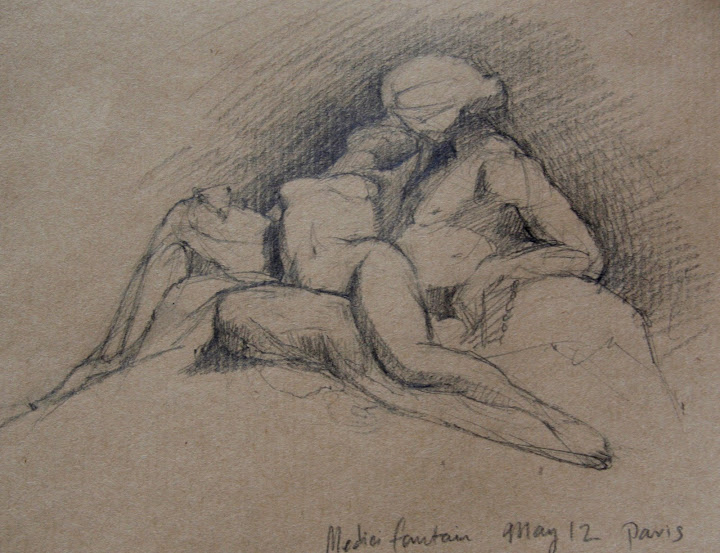Sitting at the airport gate, I realize that out of our
group of 12 artists, I am the last to leave Charleston, SC, if only by a mere 30 minutes. Starting on Thursday, members of our little group started to reluctantly peel away, each of us returning to our studios, family, and the demands of daily life. Enormous duffels of painting equipment were trundled down the porch steps and loaded into cars, the furniture was returned to its original positions, and as the last of us closed the door on the beach-front house, there was no sign of the easels, tripods, drop cloths and rows of drying paintings that had made their temporary invasion.
The impact of the week on each of the 12 artists, however, will be more permanent.

In the beginning, we were all a bit apprehensive. A dozen women in a house for a week? But after the first couple days, a sense of relief seemed to fall over the group as we realized it was actually working: We were painting for most the hours of every day, talking art every minute we were not painting, and quickly becoming attached to one another.
 Many of us were sleeping 2 to a bed, the rest on inflatable mattresses and couches, all 12 of us negotiating just 3 1/2 bathrooms. But despite the tight quarters, the trip was nothing if not organized, mainly through the efforts of Alia, and with help from Diane, who between the two of them had anticipated every conceivable need over the months leading up to the trip. Cooking and cleaning duties had been assigned in advance, massive grocery runs were organized the first days, an improvised but elegant method for reimbursing shared expenses was soon devised by tacking envelopes to the bulletin board. Locations for plein air painting had been scouted, models had been scheduled. Everything was set up for us to work!
Many of us were sleeping 2 to a bed, the rest on inflatable mattresses and couches, all 12 of us negotiating just 3 1/2 bathrooms. But despite the tight quarters, the trip was nothing if not organized, mainly through the efforts of Alia, and with help from Diane, who between the two of them had anticipated every conceivable need over the months leading up to the trip. Cooking and cleaning duties had been assigned in advance, massive grocery runs were organized the first days, an improvised but elegant method for reimbursing shared expenses was soon devised by tacking envelopes to the bulletin board. Locations for plein air painting had been scouted, models had been scheduled. Everything was set up for us to work!
Before the trip, most of us only knew 1 or 2 of the others. The idea had started among the three of us who founded the WPW blog, Alia, Diane and myself, and the two artist bloggers Cindy and Lisa of ArtStudioSecrets.com. The five of us then each nominated other artists we knew and admired, and the group quickly took shape. However at the last minute we were all disappointed when life events conspired to prevent Lisa’s attendance. (In the end, we were an even dozen, and next year we are determined that Lisa will make us a baker’s dozen!)

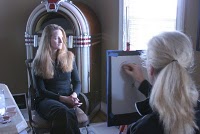 Despite the daunting prospects of travelling with plein air gear, navigating a high-profile opening at Robert Lange, and then embarking on a “Real World” -style living situation, we set a single goal: To make painting the number one priority of the week, putting aside all distractions. And as soon as we started working with a model at 9am our first morning at the house, the collective energy began to carry us all.
Despite the daunting prospects of travelling with plein air gear, navigating a high-profile opening at Robert Lange, and then embarking on a “Real World” -style living situation, we set a single goal: To make painting the number one priority of the week, putting aside all distractions. And as soon as we started working with a model at 9am our first morning at the house, the collective energy began to carry us all.
Mia was the first one out painting on the beach, and banged out an oil sketch that set the bar high for the rest of us. For the rest of the week, day trips to surrounding marshes, parks, historic cemeteries, botanical gardens, Charleston’s French Quarter, and the lovely home of artist Shannon Runquist, kept us more than busy during the day. We then hired models in most the evenings, so we were often painting until 10pm. Several of us tried our hand at cooking for 12, and we did a good job of feasting in addition to painting.
 But the most amazing part of all was how our conversations penetrated to deeper issues during the week. Discussions that began with the best way to prepare a plein air canvas, or about what colors to use in a sky, began to evolve into interviewing each other about how we each address our personal struggles with studio life: Managing time, finances, commissions, galleries, and family; combating isolation and depression; sacrificing other goals and interests for the undivided pursuit of painting. Over and over were heard exclamations of “me too!” when these struggles were confessed. I know for myself, and I am sure for each of us, issues I thought were only my problem turned out to be shared by every artist in the house.
But the most amazing part of all was how our conversations penetrated to deeper issues during the week. Discussions that began with the best way to prepare a plein air canvas, or about what colors to use in a sky, began to evolve into interviewing each other about how we each address our personal struggles with studio life: Managing time, finances, commissions, galleries, and family; combating isolation and depression; sacrificing other goals and interests for the undivided pursuit of painting. Over and over were heard exclamations of “me too!” when these struggles were confessed. I know for myself, and I am sure for each of us, issues I thought were only my problem turned out to be shared by every artist in the house.
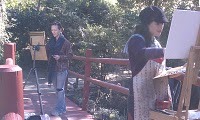
As artists, we work alone most the day, and our solitude is necessary and closely guarded. But peaceful, fortifying solitude can easily slip into lonely isolation. As women, there are both evolutionary and spiritual reasons it is necessary to our survival to connect with other women, to find common ground and form deep bonds of understanding, to navigate conflicts and find abundance where we thought there was only scarcity. To cheer for our competition and feel true joy in their successes.
I do know that this week for me was so deeply satisfying, so soul-nourishing, that I am sure in my bones that this kind of connection with sister artists is essential.
 To Alia, Diane, Cindy, Mia, Alex, Cathy, Linda, Kate, Stephanie, Terry, and Rachel (and to Lisa who could not come but whom we thought of often):
To Alia, Diane, Cindy, Mia, Alex, Cathy, Linda, Kate, Stephanie, Terry, and Rachel (and to Lisa who could not come but whom we thought of often):
Thank you!!!
Thank you all, for catching the spirit of the trip and bringing your energy and enthusiasm, for being flexible with your needs and generous with your help and advice, and most of all for being so willing to trust us and to reveal yourselves.
UPDATE:
Several of the WPW Expedition group have now blogged about the trip, you can read their posts here
 Thursday, August 11, 2011 at 10:41PM
Thursday, August 11, 2011 at 10:41PM 
 Chateau Feyrac, 9x12, oil on paper
Chateau Feyrac, 9x12, oil on paper Veiw of Chateau Beynac from the Dordogne, 9x12, oil in paper
Veiw of Chateau Beynac from the Dordogne, 9x12, oil in paper Chateau Castelnaud, 9x12, oil on paperAt the very end of the trip the rain cleared and I got one last painting day in. I found a beautiful quiet spot next to a field of corn with a view of neighboring Chateau Castelnaud. The day was warm and lazy, and the #1 BEST thing about painting in France is….. NO MOSQUITOS!!!!
Chateau Castelnaud, 9x12, oil on paperAt the very end of the trip the rain cleared and I got one last painting day in. I found a beautiful quiet spot next to a field of corn with a view of neighboring Chateau Castelnaud. The day was warm and lazy, and the #1 BEST thing about painting in France is….. NO MOSQUITOS!!!!


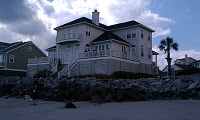











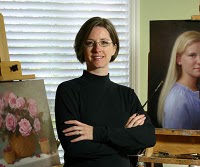

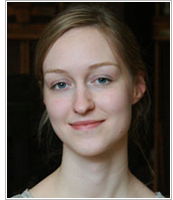

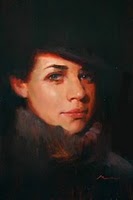



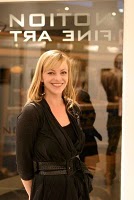



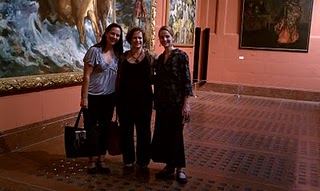

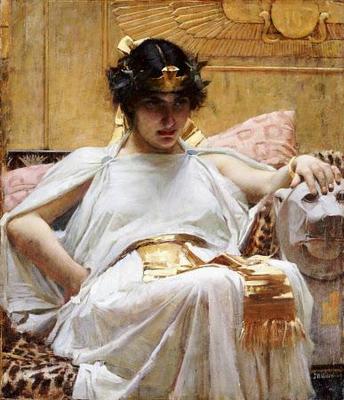
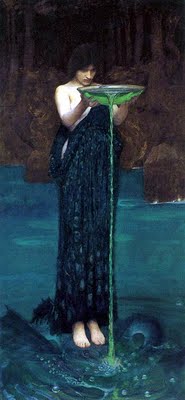


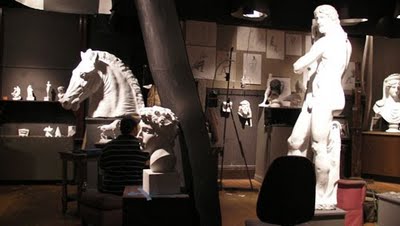
 My husband and I drove down to Santa Barbara for the weekend to see the current exhibit at the
My husband and I drove down to Santa Barbara for the weekend to see the current exhibit at the 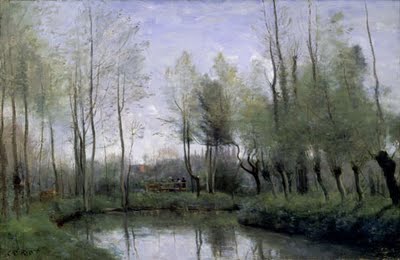




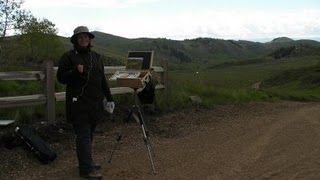
 Utah is just incredibly gorgeous and I spent most the 5 days with my mouth agape while admiring the dramatic displays of alternating mist and sunlight rolling off the mountains.
Utah is just incredibly gorgeous and I spent most the 5 days with my mouth agape while admiring the dramatic displays of alternating mist and sunlight rolling off the mountains.





